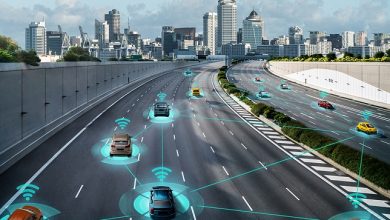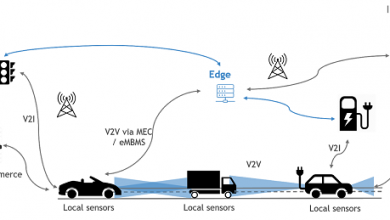Indo Pacific journey of connected vehicle
Beginning

CoE Emerging Technologies, CEIT Tata Technologies
The automotive industry has been pushed for distillation and for further enhance for many decades, with each automobile revelation and discovery providing new alternatives for vehicles to be rigged with. It has been three decades since the first establishment of software components in vehicles; since then may different services have started to build on new technologies, as a result by creating various architectures, platforms, applications, and programs. Fifteen years back, Building Telematics application was a difficult task. Imagine TCU (Telematics Control Unit) with GPS and GSM modules with SIM inserted into it was having no internet facility. It was a black and white era where we decided to send data packets using SMS with a frequency of 30 minutes. I still remember the smile on many fleet manager’s faces when they were able to see their vehicle location on the web. This is how we kick-started our journey of connected cars, and then we just kept improving continuously.
Managing Feels for India’s largest CV manufacturer
We knew that our experience in building a rigid telematics solution will pay off someday, new toll and technologies have started coming in to market, also as there was a race of mobile network providers in India. Sooner the internet started becoming cheaper over mobile and the android phone started gaining market. Vehicles are equipped with several types of connections, either internal or external. We have been decided to build a fleet management solution, with UDP as a communication protocol from the vehicle to the telematics server. UDP means to send and forget, so we had to implement acknowledgment back to the vehicle. Internet in TCU was so unpredicted and dead slow that sometimes it was sending data packets randomly, so we had to serialize them. We build a fleet management solution and enrolled it to all our customers across pan India. Every day there was a lesson to learn, JAVA listener was listening to each data packet and processing them based on priority defined for them. And it was failing every day for different reasons. You won’t believe, we re-architecture our solution for 13 times, and final architecture is still working since 2012 and live for India’s largest commercial vehicle manufacturer.
China story
When you have done something different and it is working for long into Indian conditions then there will be many buyers behind you. We already have started making our Connected Vehicle Platform largely involving many open source tools and technologies. An open-source gave stability and scalability to this platform and by 2015, electric vehicles started booming in China. It was a proud movement when we teamed up with a prominent electric vehicle manufacturer for an end to end implementation of a connected vehicle with two-way communication. When data is a gold mine, neither startup automotive manufacturer nor old school automotive OEM trust in readymade connectivity platform. So, you must build everything from scratch for your customers, that’s the opportunity to learn and try many new things, like message queues, data pipes, NoSQL databases, security implementations. And when you do it, many similar customers knock your door.
Japan, Philippines, Thailand, Australia, and way beyond.
Any vehicle, any device, single platform – is the mantra wherein we bring dynamism in data payload regardless of vehicle, or device. This has given us a key to implement a connected car services solution in Japan, Philippines, Thailand, and Australia for a major Japanese PV manufacturer. The integration of the MNO solution into the platform is just icing on the cake.
Post COVID scenarios.
Now we are in the middle of COVID crisis, the automobile market in the west is halted. However, lifting of lockdown in China has given space to PV customer to go to the dealership and check for new vehicles as customers hold the fear about health by using public transport. New buys have started demanding in-car passenger health monitoring features into your connected vehicle. This journey will never stop, new challenges will be addressed and catered by innovations.
Published in Telematics Wire


